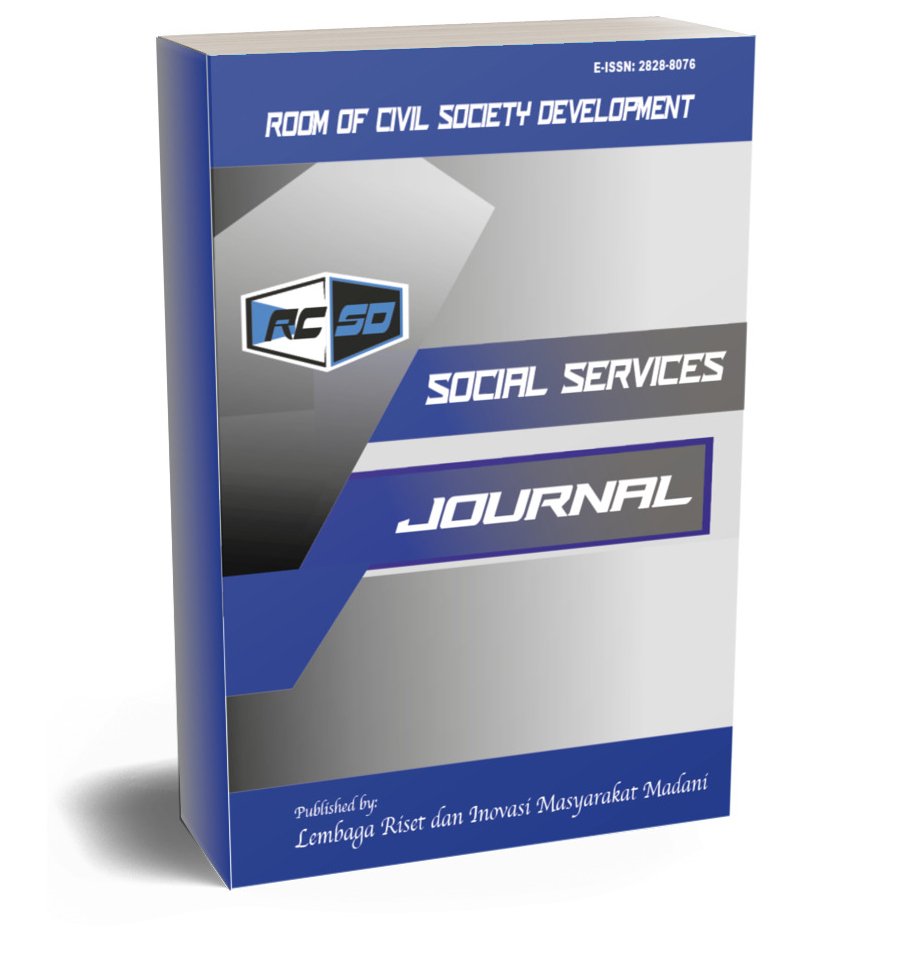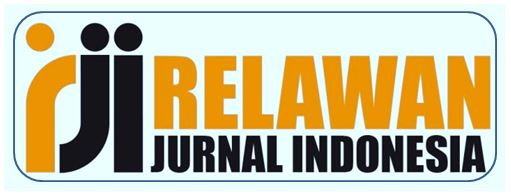The Impact of Digital Storytelling Applications on Enhancing Critical Thinking Abilities in Higher Education Students
https://doi.org/10.59110/rcsd.497
Keywords:
Critical Thinking Skills, Digital Storytelling Applications, Multimedia Learning, Student EngagementAbstract
This study aims to examine the impact of using digital storytelling applications on the development of students' critical thinking skills within a learning context. It employs a qualitative approach, using observation, interviews, and document analysis to gather data. 46 students are participated in a digital storytelling project for 1 semester that required them to organize, analyze, and critically present information using digital applications such as Adobe Spark and Canva. The findings indicate that the use of digital storytelling applications significantly contributes to the development of students' critical thinking skills. These applications enable students to integrate various media—such as text, images, audio, and video—encouraging them to think critically about the most effective way to convey messages. Additionally, digital storytelling applications prompt students to evaluate information more thoroughly, develop strong arguments, and present them creatively and logically. Based on the research data, digital storytelling applications are also shown to be effective in enhancing students' critical thinking skills and hold potential for broader integration into education as innovative and interactive learning tools.
Downloads
References
Abida, F. I. N., Kuswardani, R., Purwati, O., Rosyid, A., & Minarti, E. (2023, July). Assessing language proficiency through AI chatbot-based evaluations. Proceedings of International Conference on Islamic Civilization and Humanities, 1, 138-145. https://proceedings.uinsa.ac.id/index.php/iconfahum/article/view/1230
Ahmad, W., & Yamat, H. (2020). Students’ perception on learning English language through conventional and digital storytelling. International Journal of Academic Research in Business and Social Sciences, 10(2). https://doi.org/10.6007/ijarbss/v10-i2/6945
Aktaş, E., & Yurt, S. (2017). Effects of digital story on academic achievement, learning motivation, and retention among university students. International Journal of Higher Education, 6(1), 180. https://doi.org/10.5430/ijhe.v6n1p180
Arikunto, S. (2010). Prosedur penelitian: Suatu pendekatan. Rineka Cipta.
Avcı, A., & Kasımi, Y. (2023). A bibliometric analysis of digital storytelling in language education. The Literacy Trek, 9(1), 88-104. https://doi.org/10.47216/literacytrek.1294089
Benek, İ., & Akçay, B. (2022). The effects of socio-scientific STEM activities on 21st century skills of middle school students. Participatory Educational Research, 9(2), 25-52. https://doi.org/10.17275/per.22.27.9.2
Boczkowski, P. J. (2021). Abundance: On the experience of living in a world of information plenty. Oxford University Press.
DeNatale, G. M. (2008). Digital storytelling: Tips and resources. Simmons College.
Halim, A. (2022). Signifikansi dan implementasi berpikir kritis dalam proyeksi dunia pendidikan abad 21 pada tingkat sekolah dasar. Jurnal Indonesia Sosial Teknologi, 3(03), 404-418. https://doi.org/10.59141/jist.v3i03.385
Hartsell, T. (2017). Digital storytelling. International Journal of Information and Communication Technology Education, 13(1), 72-82. https://doi.org/10.4018/ijicte.2017010107
Hashim, H. (2018). Application of technology in the digital era education. International Journal of Research in Counseling and Education, 1(2), 1. https://doi.org/10.24036/002za0002
Heriyanto, H. (2018). Thematic analysis sebagai metode menganalisa data untuk penelitian kualitatif. Anuva, 2(3), 317–324. https://doi.org/10.14710/anuva.2.3.317-324
Indrašienė, V., Jegelevičienė, V., Penkauskienė, D., Pivorienė, J., Railienė, A., Sadauskas, J., & Valavičienė, N. (2021). The value of critical thinking in higher education and the labour market: The voice of stakeholders. Social Sciences, 10(8), 286. https://doi.org/10.3390/socsci10080286
Jones, A. (2022). The role of relevance in digital learning. Educational Psychology Review, 34(3), 456–478.
Kabaran, G., & Duman, B. (2021). The effect of digital storytelling method on learning and study strategies. International Journal of Technology in Education, 4(4), 681-694. https://doi.org/10.46328/ijte.83
Kogila, M., Ibrahim, A., & Zulkifli, C. (2020). A powerful of digital storytelling to support education and key elements from various experts. International Journal of Academic Research in Progressive Education and Development, 9(2). https://doi.org/10.6007/ijarped/v9-i2/7483
Mindel, D. (2021). Ethics and digital collections: A selective overview of evolving complexities. Journal of Documentation, 78(3), 546-563. https://doi.org/10.1108/jd-11-2020-0193
Nair, V., & Yunus, M. (2021). A systematic review of digital storytelling in improving speaking skills. Sustainability, 13(17), 9829. https://doi.org/10.3390/su13179829
Ramalia, T. (2023). Digital storytelling in higher education: Highlighting the making process. Journal on Education, 6(1), 7307-7319. https://doi.org/10.31004/joe.v6i1.3993
Ratnasari, D., Roemintoyo, R., & Winarno, W. (2019). Implementation of education management as a medicine in the achievement of 21st century skills in primary school. https://doi.org/10.4108/eai.27-4-2019.2286827
Sayılgan, Ö. (2023). Exploring interactivity in digital comics. Interactive Film and Media Journal, 3(1), 97-105. https://doi.org/10.32920/ifmj.v3i1.1687
Triningsih, D. E. (2021). Penerapan aplikasi Canva untuk meningkatkan kemampuan menyajikan teks tanggapan kritis melalui pembelajaran berbasis proyek. Cendekia: Jurnal Pendidikan dan Pembelajaran, 15(1), 128-144. https://doi.org/10.30957/cendekia.v15i1.667
Xu, S. and Zhou, S. (2022). The effect of students’ attitude towards science, technology, engineering, and mathematics on 21st century learning skills: a structural equation model. Journal of Baltic Science Education, 21(4), 706-719. https://doi.org/10.33225/jbse/22.21.706
Yuliana, D., Baijuri, A., Suparto, A. A., Seituni, S., & Syukria, S. (2023). Pemanfaatan aplikasi Canva sebagai media video pembelajaran kreatif, inovatif, dan kolaboratif. Jurnal Pendidikan Teknologi Informasi (JUKANTI), 6(2), 247-257.
Zuana, M. M. (2018). Digital storytelling: An attractive media to teach narrative text in speaking class. ALSUNA: Journal of Arabic and English Language, 1(1), 26–39. https://doi.org/10.31538/alsuna.v1i1.124
Downloads
Published
How to Cite
Issue
Section
License
Copyright (c) 2025 Abdur Rosyid, Nur Fauzia, Diana Budi Darma, Fithriyah Inda Nur Abida, Risman Iye

This work is licensed under a Creative Commons Attribution-ShareAlike 4.0 International License.















